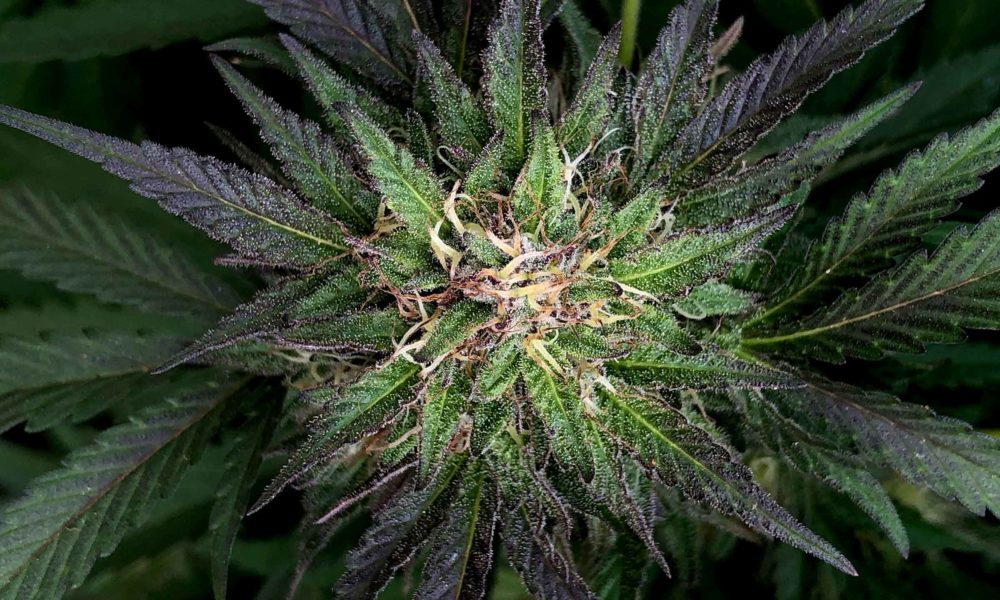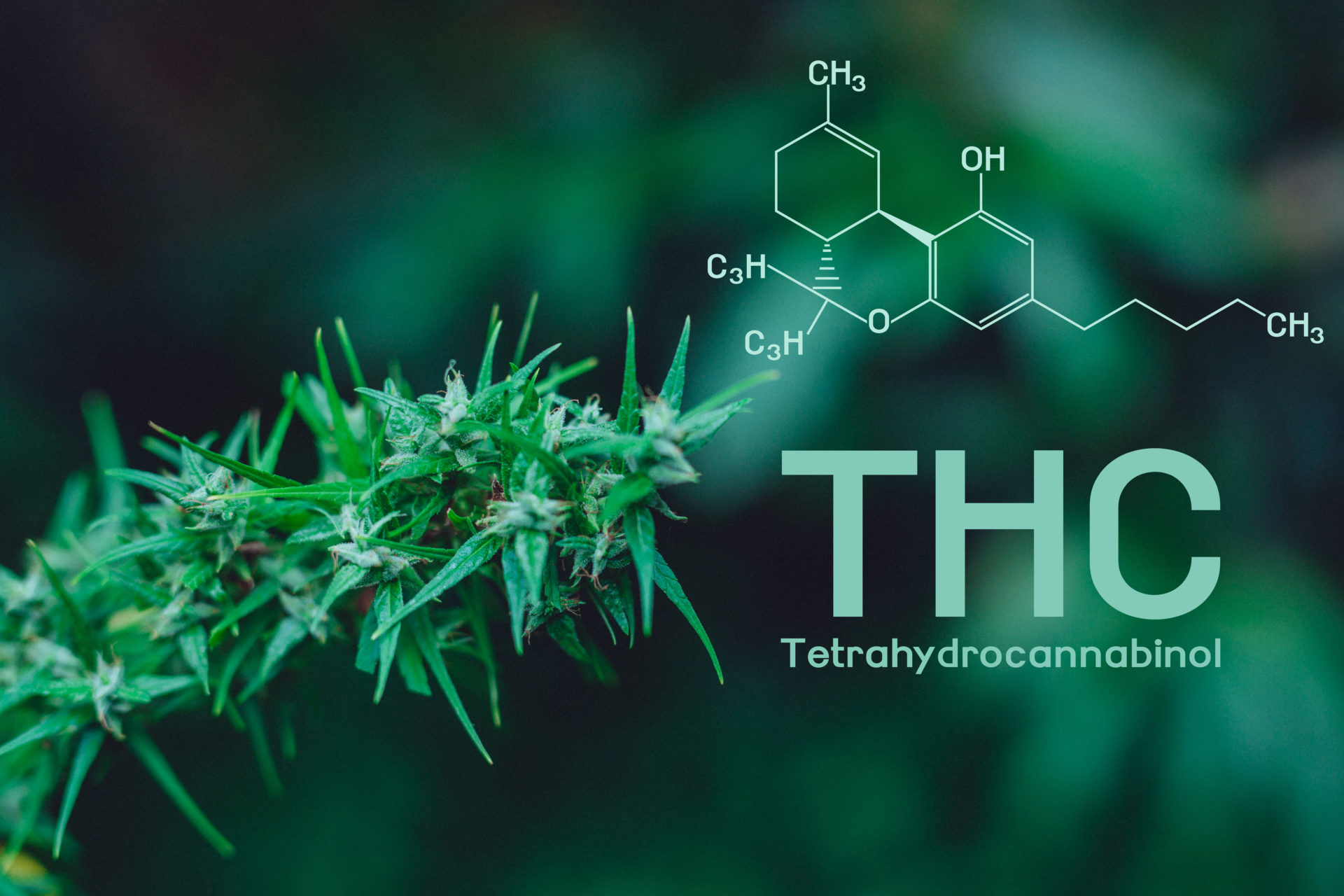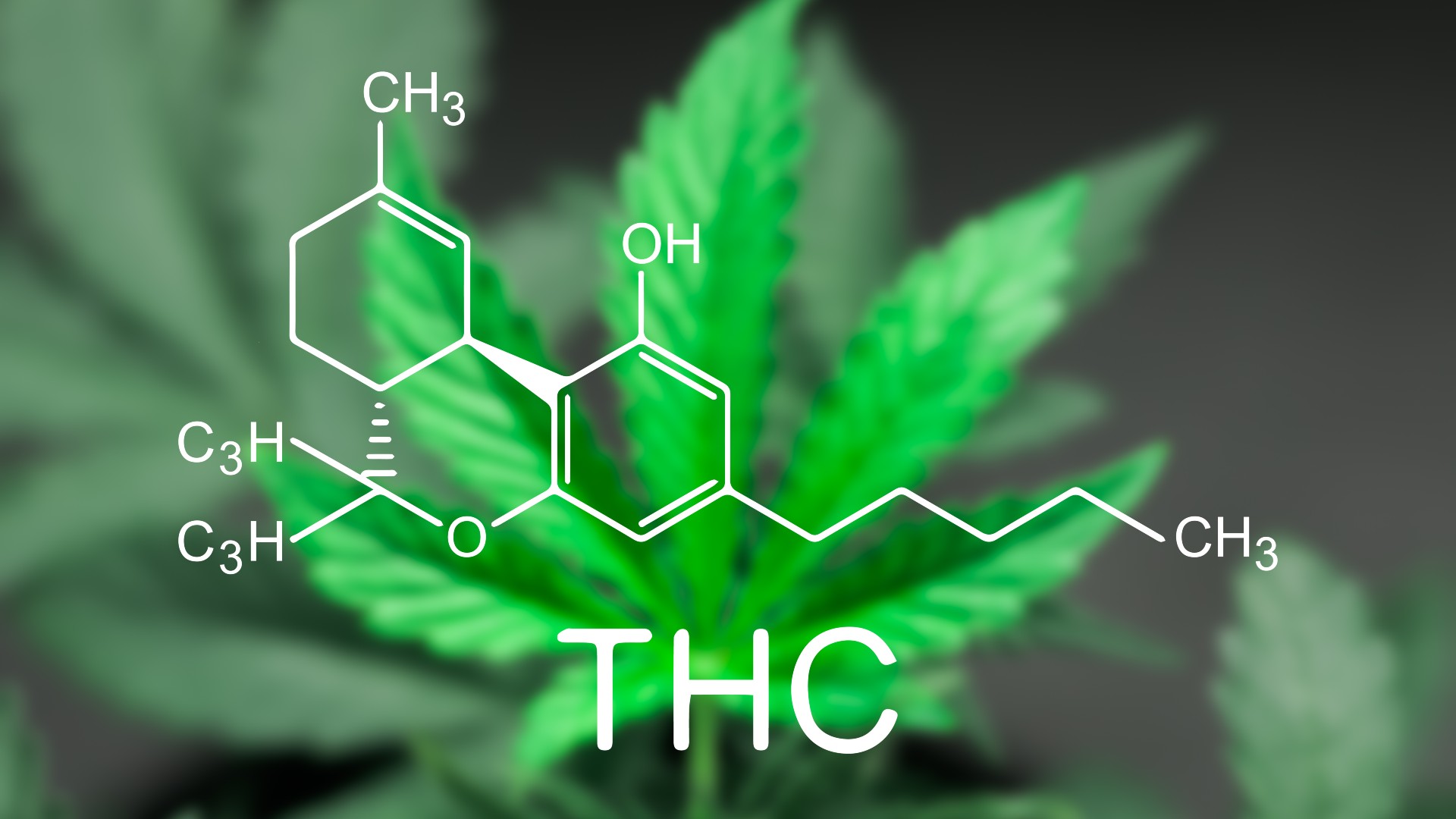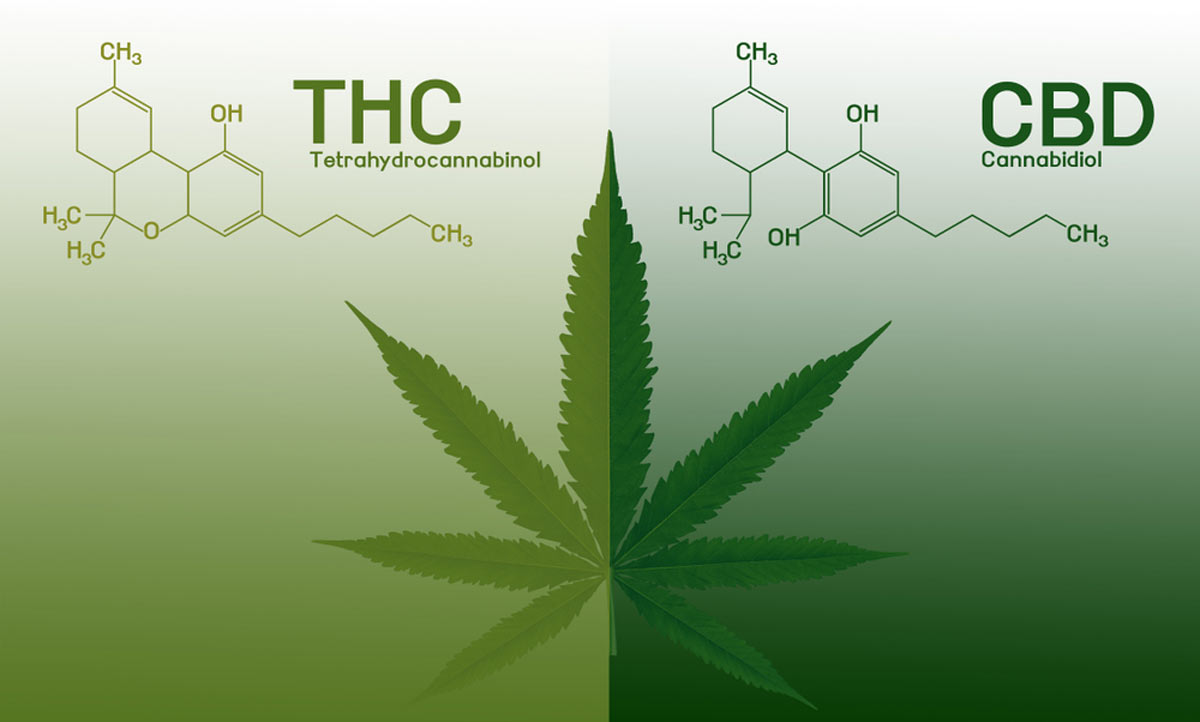Introduction
In the dynamic world of cannabis and hemp-derived products, ongoing research and innovation have led to the discovery and development of novel cannabinoids beyond the well-known Delta-9 THC and CBD. This comprehensive guide explores seven cutting-edge cannabinoid formulations, including Delta-10 THC, HHC (Hexahydrocannabinol), THC-O (Tetrahydrocannabinol-O-Acetate), THCV (Tetrahydrocannabivarin), and more. Understanding these innovative formulations provides consumers with insights into the evolving landscape of cannabinoid science and its potential applications.
Delta-10 THC: The Rise of a New Player
- Overview: Delta-10 THC is a relatively recent addition to the cannabinoid family. Similar to Delta-9 THC, it exhibits psychoactive properties, but users often describe its effects as more clear-headed and uplifting.
- Origins: Delta-10 THC is believed to be a degradation product of Delta-9 THC. Its discovery has sparked interest due to its unique effects and potential therapeutic applications.
- Potential Benefits: Users report a milder psychoactivity compared to Delta-9 THC, making it an appealing option for those seeking a balanced experience. Its potential benefits are still being explored, with some suggesting it may offer an energizing and mood-enhancing effect.
Hexahydrocannabinol (HHC): The Lesser-Known Analogue
- Overview: Hexahydrocannabinol, or HHC, is a lesser-known analogue of Delta-9 THC. It shares structural similarities but is distinct in its effects and potential applications.
- Chemical Structure: HHC has a hydrogenated form of the THC molecule, altering its pharmacological properties. This structural difference contributes to its unique effects on the endocannabinoid system.
- Potential Benefits: Users have reported a milder psychoactive experience with HHC, leading to increased interest in its potential therapeutic applications. As research progresses, HHC may emerge as a cannabinoid with a distinct profile suitable for various uses.
THC-O (Tetrahydrocannabinol-O-Acetate): The Acetylated Variant
- Overview: THC-O, or Tetrahydrocannabinol-O-Acetate, is an acetylated variant of Delta-9 THC. This chemical modification influences its pharmacokinetics and effects on the body.
- Metabolism: THC-O undergoes metabolic conversion in the body to produce Delta-9 THC, contributing to its psychoactive effects. This unique metabolic pathway sets it apart from other cannabinoids.
- Potential Benefits: Users have reported potent psychoactive effects with THC-O, suggesting potential applications in medical and recreational contexts. However, its high potency requires careful dosing and consideration of individual tolerance levels.
THCV (Tetrahydrocannabivarin): The Varied Cannabinoid
- Overview: Tetrahydrocannabivarin, or THCV, is a cannabinoid that shares a precursor with THC. However, its effects and interactions with the endocannabinoid system differ significantly from those of THC.
- Effects: THCV is known for its potential to produce a clear-headed and stimulating experience. Unlike THC, THCV may act as an antagonist at CB1 receptors, influencing its psychoactive effects.
- Potential Benefits: THCV’s unique properties make it a subject of interest for its potential applications in weight management, as it has been suggested to suppress appetite. Additionally, its neuroprotective and anti-inflammatory properties are areas of ongoing research.
Delta-8 THC: A Familiar Face with Renewed Interest
- Overview: While Delta-8 THC is not a new cannabinoid, its resurgence in popularity warrants inclusion. Delta-8 shares similarities with Delta-9 THC but is reported to produce milder psychoactive effects.
- Sources: Delta-8 THC can be derived from hemp and cannabis plants, with Delta-8-rich strains gaining attention. Extraction and isolation methods have allowed for the production of Delta-8 THC products.
- Potential Benefits: Users often turn to Delta-8 THC for its potential therapeutic benefits, including anxiety reduction, pain management, and relaxation. Its distinct effects contribute to a unique cannabinoid experience.
CBN (Cannabinol): The Sleep-Inducing Compound
- Overview: Cannabinol, or CBN, is a cannabinoid that forms as THC oxidizes over time. While not directly synthesized by the cannabis plant, aged cannabis products may contain higher levels of CBN.
- Effects: CBN is often associated with sedative effects and is commonly believed to contribute to the sleep-inducing properties of aged cannabis. Its interaction with the endocannabinoid system differs from that of THC.
- Potential Benefits: Users explore CBN for its potential applications in promoting sleep and relaxation. Research is ongoing to understand its role in sleep disorders and its interaction with other cannabinoids.
CBG (Cannabigerol): The Precursor Cannabinoid
- Overview: Cannabigerol, or CBG, is often referred to as the “mother cannabinoid” because it is a precursor to other cannabinoids, including THC and CBD. Despite its precursor role, CBG has unique effects.
- Effects: CBG is non-psychoactive and does not produce the euphoric effects associated with THC. It interacts with both CB1 and CB2 receptors in the endocannabinoid system.
- Potential Benefits: CBG is recognized for its potential anti-inflammatory, neuroprotective, and mood-stabilizing properties. Ongoing research explores its applications in various medical conditions.
Navigating the Novel Cannabinoid Landscape
Personalized Experiences
The inclusion of these novel cannabinoids in the cannabis landscape provides consumers with an opportunity to tailor their experiences. Whether seeking milder psychoactivity, therapeutic benefits, or unique sensations, the diverse cannabinoid formulations offer a spectrum of possibilities.
Caution and Dosage Considerations
With the introduction of novel cannabinoids, users must exercise caution and adhere to proper dosage guidelines. The potency and effects of cannabinoids can vary, and responsible consumption is essential to mitigate potential adverse reactions.
Legal Considerations
Legal status varies for different cannabinoids and in different regions. Consumers should be aware of local regulations and ensure compliance with the law when exploring novel cannabinoid formulations.
Quality and Sourcing
Choosing products from reputable sources is crucial for ensuring the quality, purity, and accuracy of cannabinoid formulations. Third-party testing provides transparency and confidence in the cannabinoid content of products.
Conclusion
As science continues to unravel the complexities of the cannabis plant, consumers are presented with a diverse array of novel cannabinoid formulations beyond the traditional Delta-9 THC and CBD. From Delta-10 THC’s uplifting effects to the potential therapeutic applications of THCV and the sleep-inducing properties of CBN, each cannabinoid contributes to the rich tapestry of experiences available to users. Navigating this cannabinoid landscape requires informed exploration, responsible consumption, and an appreciation for the evolving nature of cannabis science. The emergence of these novel cannabinoids marks an exciting chapter in the broader understanding of the plant and its potential contributions to health, wellness, and recreational enjoyment.
- A Comprehensive Guide to the Benefits of Burdock Supplements - December 14, 2023
- A Comprehensive Guide to the Benefits of Burdock Supplements - December 14, 2023
- A Comprehensive Guide to the Benefits of Boneset Supplements - December 14, 2023




